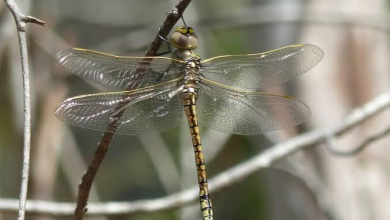A few years ago, the people of AllaDhand Dheri were known for their love of walking. In the late afternoons, they would stroll leisurely towards the banks of the Swat River, about two kilometers away. Some would enjoy a cup of tea by the river, while others would return after offering their Maghrib prayers.
AllaDhand Dheri, located in the Malakand District of northwestern Khyber Pakhtunkhwa (KP), is blessed with natural resources, fertile lands, and scenic landscapes, holding significant strategic importance in the region.
But today, I’m not here to recount the history of AllaDhand Dheri or the grandeur of Malakand. Instead, I want to share a moment from my walk on a local road we call Sholgara Road.
As I walked, I saw 54 year old Muhammad Razaq cutting down a tree. Curious, I asked him why he was only cutting that particular type of tree. He replied, “This is an aimless tree. Its wood isn’t useful for construction or fuel, and it doesn’t bear fruit. We call it Gul Toot (mulberry).”
Intrigued, I continued my walk towards the Swat River, reflecting on his words. Later, I researched the tree and discovered it was paper mulberry (Broussonetia papyrifera), a species native to eastern Asia but now prevalent in our region.
The story of the paper mulberry’s introduction to Pakistan is tied to the ambitious urban planning of General Ayub Khan’s era. In the 1960s, when Islamabad was being developed, the city was barren, dry, and largely treeless. Ayub’s government, eager to green the capital quickly, chose the paper mulberry because of its fast growth.
By the late 1960s, helicopters scattered paper mulberry seeds across Islamabad, and the trees flourished. Within a decade, the species dominated the landscape, outcompeting native plant life. While it succeeded in greening the city, the invasive tree also disrupted local ecosystems.
Paper mulberry poses a dual threat, not only endangering natural vegetation but also jeopardizing human health. A report by the Pakistan Medical Research Council reveals that 45.5% of allergy patients in Islamabad and Rawalpindi suffer from allergic reactions to its pollen. With pollen counts reaching an alarming 50,000 per cubic meter, Islamabad has earned the label of the “allergy capital” of the world. Other contributors to the city’s allergy crisis include bottle brush (Callistemon sp.), Conocarpus, and various grasses that release significant amounts of pollen, especially during the spring season.
Reflecting on this, I couldn’t help but wonder about the long-term consequences of such choices—how decisions made decades ago in Islamabad have reached even the quiet roads of AllaDhand Dheri today.
In Pul Chowki, I met some friends who were looking to buy plants. While exploring a plant nursery, I searched for paper mulberry trees. The nursery was filled with various trees for sale. The owner, Asghar, mentioned that many people purchase paper mulberry trees for areas where they can be maintained easily. He explained that these trees are ideal for such places because they are not cut down frequently, and animals don’t graze on them.
I googled the paper mulberry plant and read media reports, leaving me shocked. This plant has become a significant headache for Islamabad, with the government actively working to tackle its adverse effects. On January 25, 2018, Interior Minister Ahsan Iqbal announced a phased plan to eliminate paper mulberry trees from Islamabad by December 2020 due to their allergy-causing properties. This initiative aimed to alleviate public health concerns and replace the trees with non-allergenic species.
Today, I see a lot of paper mulberry trees in Islamabad, and I also saw them everywhere in District Malakand. This worried me, so I requested assistance from the CM for climate change, Pir Musaver Ghazi, to direct the forest department to educate people and issue strict orders to nurseries to stop selling paper mulberry trees.
Also read; 2024; A Breakthrough Year for Climate Resilience
Laws exist in Pakistan to regulate the import of plants and agricultural products from abroad, including the Pakistan Plant Quarantine Act 1976. These laws aim to protect the local environment, agriculture, and flora from harmful plants and diseases. Imported plants are inspected at plant quarantine stations, and restrictions or stringent conditions are imposed on plants that could harm the ecosystem. However, due to weak enforcement and a lack of public awareness, harmful foreign plants continue to be imported, posing a threat to the local environment. To address this issue, strict implementation of laws, effective monitoring, and the promotion of eco-friendly plants are essential.





